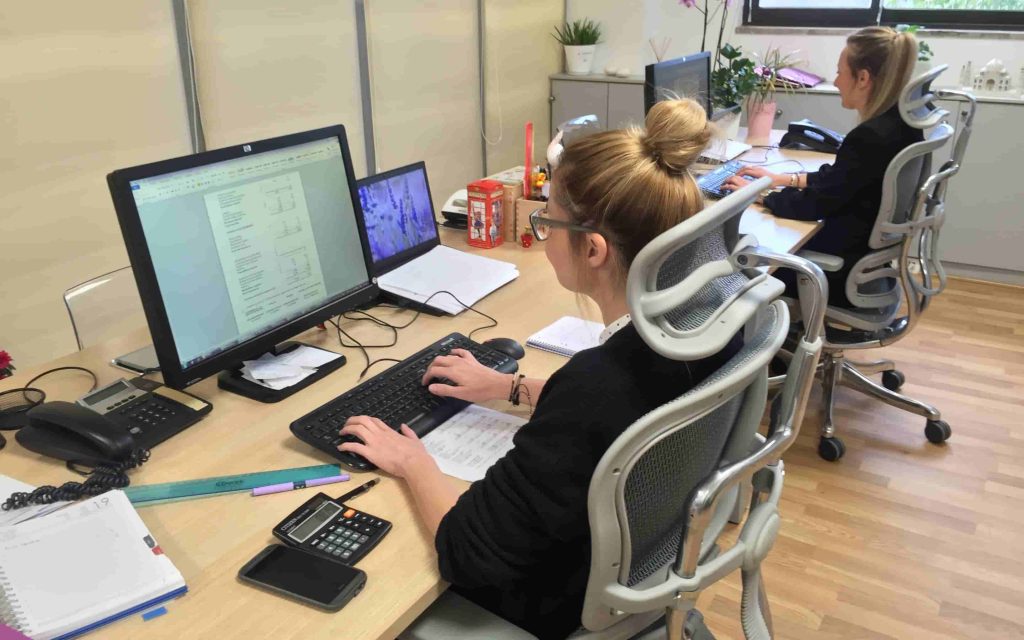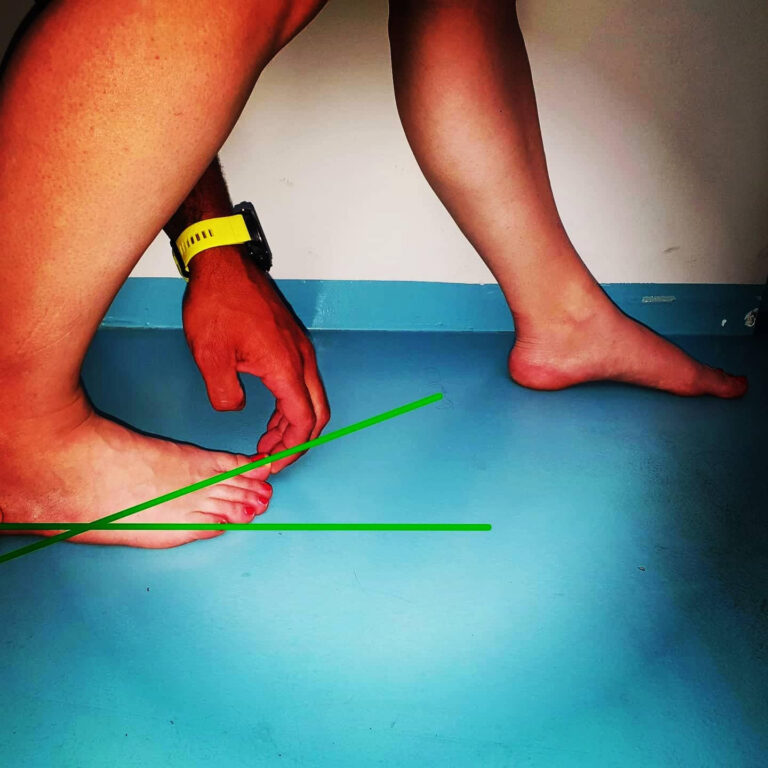- The importance of an ergonomic desk
- Tips for a less painful day at work
- Appropriate seat, suitable distances, proper body posture, what you must know
Professionals that work on a desk all day spend 2.000 hours on it every month. This amount of time sitting on a desk chair strains the body, the neck, the waist, the upper limbs and the eyes. Missing ergonomic spaces at work may slowly lead to different injuries. In addition, if ergonomics are not taken under serious consideration from organizations, employees will not be as productive or as effective and ultimately medical bills will burden the organization.
Basically, ergonomics is a powerful tool for organizations as it allows them to increase employee productivity and save them from chronic musculoskeletal disharmonies. The definition of musculoskeletal disharmonies is issues on the muscles, the tendons and the nerves which stem from or worsen due to repetitive movements especially while seating, when receiving extra pressure or force, under fierce vibrations and under extreme temperatures.
Body posture & distances
Although each employee’s working conditions may lead to shoulder and lumbar spine conditions, adoption of a bioengineered body posture increases the chances of a condition occurring.
Ergonomics specialists suggest:
- To change body posture often during office hours
- To use a reading stand for documents needed next to the screen
- To place the keyboard right in front of you and level it with your elbows so that typing is performed with wrists are in neutral position
- To centre the screen with the keyboard and the desk seat
- To refrain from holding the phone with one shoulder, prefer using earphones
- To rearrange the desk surface in order to avoid too much stretching
- To refrain from having too many objects on top of the desk, prefer leg level drawers
- To try and stay calm! Many neck and shoulder incidents happen during a stressful impulse
Desk seat
A well ergonomically designed desk chair may limit almost all kinds of musculoskeletal disharmonies. Such chair must have the features seen below:
- Adjustable waist support so that the natural spinal curvature remains intact
- Suitable backrest angle so that you don’t have to sit up to perform a task
- Adjustable armrests
- Not too narrow
- Adjustable height
- Soft and rounded edges
- Size according to body size
- Tall backrest with head rest to support pectoral and cervical spine
- Comfortable and anti-slip cover or textile
If the seat does not check all the bullet points above then you may use some extra accessories. For example, if your feet cannot reach the floor you may add a footrest or a cushion to support the lumbar spine.If the seat does not check all the bullet points above then you may use some extra accessories. For example, if your feet cannot reach the floor you may add a footrest or a cushion to support the lumbar spine.
Repetitive movements
One of the most effective ways to prevent lower back issues, neck issues and shoulder issues is to limit repetitive movements and preserve the same body posture long term.
Some prevention tips:
- Frequently alternate between tasks. If it applies to you, periodically get up to speak on the phone or make document copies.
- Do frequent and brief breaks. For many of you it is more efficient to have many short breaks than to make a long one every two hours for example.
- While on a break, walk a little or stretch a little.
Eye pain
Many employees that spend many hours in front of a computer screen suffer from eye pain. Ergonomic specialists suggest:
- To move the source of the light around the desk
- To move the screen around
- To move around the corners of the screen
- To add a luminance filter on the screen
- To beware of the screen corners angle, it must not burden the neck
- To use a separate keyboard and mouse in case you are working on a laptop
- To not have a busy desk surface with bright and colorful objects
- To relieve eye muscles by focusing on an object far away from the desk every. now and then
- To get an eye check up regularly because every little change may affect the eyes and the pain experienced by spending long hours at the office




